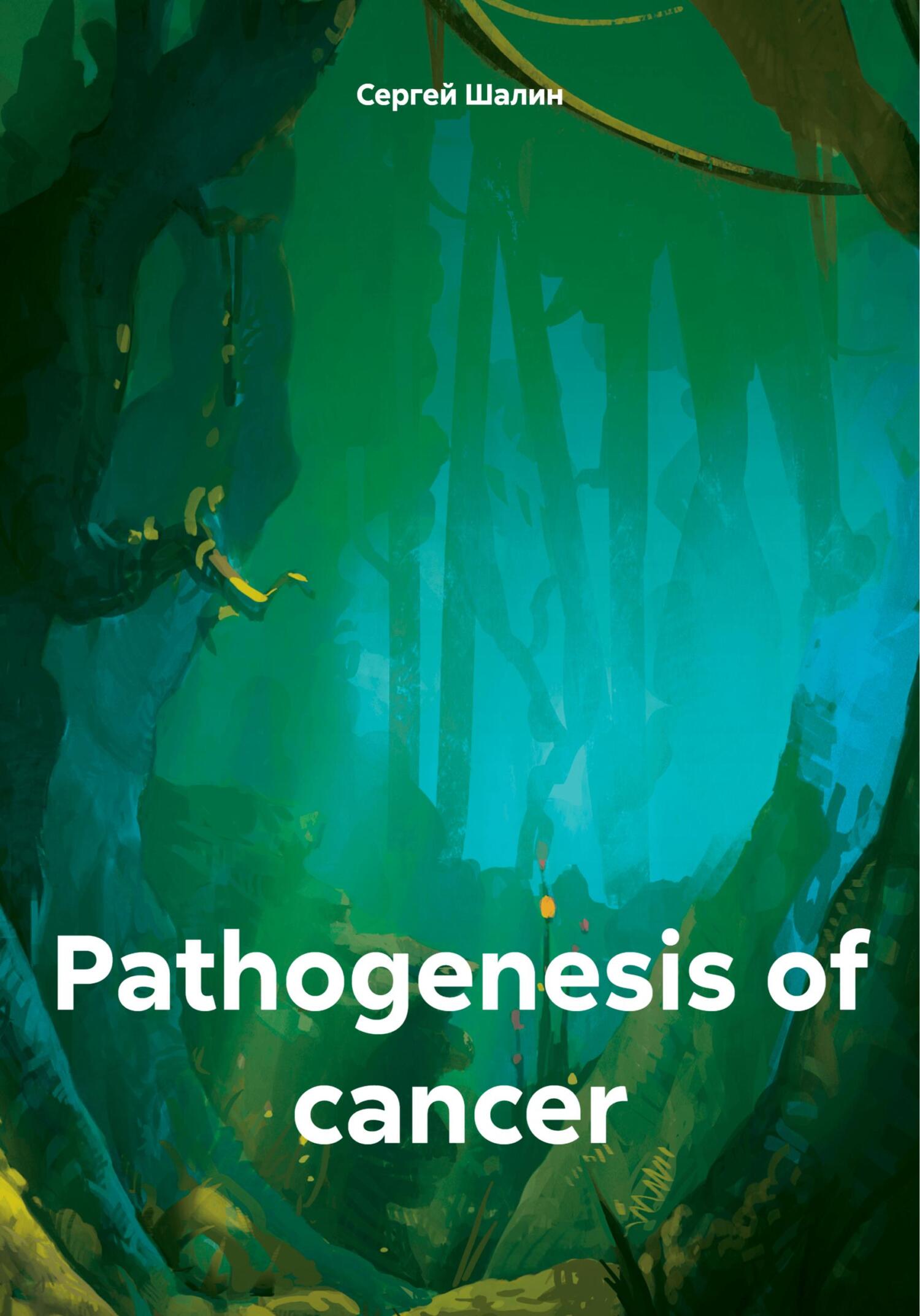initiation alone is not enough for the “birth” of a malignant stem cell.
Second stage promotions:
— in an isolated microcavity of a focus of chronic inflammation, an aggressive liquid in an oxygen-free environment affects the cell membrane and cytoplasm of a genotypically altered tissue mononuclear cell. Inside an isolated microcavity under conditions close to embryonic, there is a proliferating cellular composition fixed to the membrane or suspended. Structural changes in the cell membrane occur, with a violation of selective permeability for inorganic ions and “chemical evolution” in the cytoplasm of the genotypically changed Mononuclear cell — epigenetic changes.
Promotion terms:
— promotion is effective only after initiation and, moreover, after the complete cessation of the action of the initiator, i.e. the initiated cell must be in other conditions of existence and microenvironment — in the zone of chronic inflammation;
— the interval between initiation and promotion does not affect the final incidence of malignant neoplasms, i.e. the lifespan of an initiated cell can be different, but it is necessary that it be as long as possible (months);
— the promoter must influence the initiated cell continuously and for a long time, i.e. an initiated cell with a long life cycle must be in certain isolated conditions (super conditions), in which the aggressive effect on it can continue for a relatively long period (months);
— the promoter can influence the initiated cell in different ways, including the structure of the cell membrane with changes in selective permeability, the chemical state of the cytoplasm, cell differentiation, the possibility of blocking intercellular connections, etc.;
— promotion is reversible at the initial stage, i.e. early manifestations of promoter effects may disappear and the cell will return to its original state;
— genotypic and epigenetic changes in a proliferating somatic cell prepare the mechanism of transformation into a malignant stem cell and simultaneously trigger it. A prerequisite for the implementation of the transformation mechanism is sufficient isolation from the influence of the host organism;
— in an isolated microcavity of chronic inflammation, mitosis of a cancer cell precursor cell occurs, which has genotypic and epigenetic changes, and its transformation into a primary malignant stem cell. During mitosis, the transformation mechanism is realized as a continuous process consisting of two parts: the manifestation of the level of genotypic changes and the manifestation of the nature of genotypic changes;
— at the same time, an unstable active system is “born” — a primary malignant stem cell, which has retained many of the basic abilities and capabilities of the mother cell-precursor of the cancer cell, has not completely left the embryonic state and acquires new abilities in its new life.
Thus, a proliferating somatic cell, having genotypic changes in nuclear DNA, finds itself in “super conditions” of chronic inflammation, where it is exposed to long-term and continuous (months) aggressive influence in an oxygen-free environment. As a result, it acquires epigenetic changes — structural damage to the cell membrane and chemical changes in the cytoplasm. It is currently believed that genotypic and epigenetic changes in a proliferating somatic cell are preparatory and, at the same time, trigger for the mechanism of actual transformation into a malignant stem cell. A prerequisite for the implementation of the transformation mechanism is sufficient isolation from the influence of the host organism.
The third stage is progression (the actual transformation mechanism):
— the formation of a malignant “embryo” due to the proliferation of the primary malignant stem cell — in an isolated microcavity, mitosis of a tissue mononuclear cell occurs, which has genotypic and epigenetic changes and its transformation into a primary malignant stem cell. During mitosis, the transformation mechanism is implemented as a continuous process consisting of two parts:
— part one — manifestation of the level of genotypic changes: the return of the Mononuclear cell during mitosis to the embryonic state and the block of differentiation of daughter cells at the pluripotent or unipotent level, corresponding to the level at which genotypic changes in the nuclear DNA of the bone marrow stem cell occurred during hematopoiesis;
— part two — manifestation of the nature of genotypic changes: the spectrum of changes in nuclear DNA at the gene, chromosomal and genomic levels comes into force: amplification (increasing the copy number of genes), deletions, insertions, translocations, micromutations (point substitutions, microdeletions, microinsertions), etc. An unstable active system “emerges” — a primary malignant stem cell, which has retained many of the basic abilities and capabilities of the mother cell — the tissue mononuclear cell, which has not completely escaped from the embryonic state and acquires new abilities of its new life.
Thus, a proliferating somatic cell, which has primary mutations in the nuclear DNA of the genome as a result of initiation, then structural changes in the cell membrane and chemical changes in the cytoplasm as a result of promotion, turns into a primary malignant stem cell with subsequent progression.
The third period is the growth and development of the malignant process.
Stage first — formation of a malignant “embryo”: due to the proliferation of the primary malignant stem cell, the accumulation of similar or homogeneous malignant cells occurs within the shell of an isolated microcavity. Due to exposure growth, the size of the malignant “embryo” can increase significantly.
Stage second — organization of the primary malignant focus: with the release of malignant cells beyond the isolated microcavity into the intercellular space, subsequent proliferation, appositional and invasive growth, the organization and increase in the volume of the primary malignant focus occurs.
Stage third — organization of a secondary malignant focus — metastasis: invasive growth and angioneogenesis contribute to the penetration of malignant cells into the vascular bed and organization of a secondary malignant focus — metastasis.
The malignant process, as an independent system, is capable of self-organization and self-regulation. Throughout its growth and development, it is accompanied by deliberate death of cells and non-cellular structures, redistribution of water, autonomous regulation, malignant progression, increasing superiority, as well as control and subjugation of the host organism. To create the theory of “Mononuclear oncogenesis” as a natural mechanism of the





